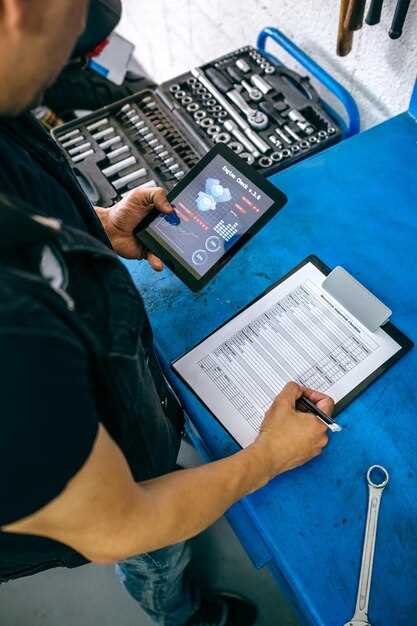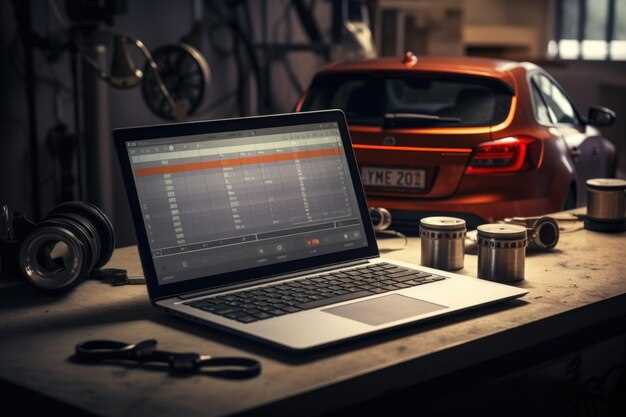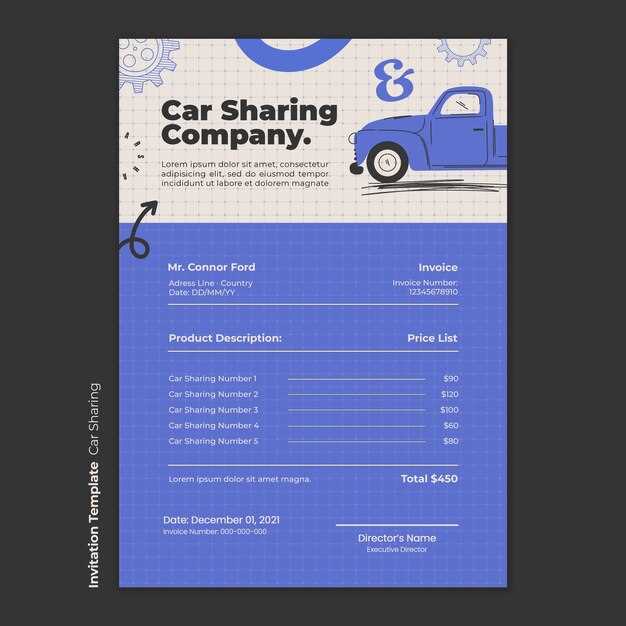
Regular maintenance of your vehicle is crucial to ensure its longevity and optimal performance. Having a well-structured schedule not only helps in preserving the value of your car but also plays a key role in enhancing safety on the road. By following a systematic approach, you can avoid unexpected breakdowns and costly repairs, saving both time and money in the long run.
When it comes to creating a car maintenance schedule, it is essential to consider various factors such as the age of your vehicle, its make and model, and your driving habits. A detailed plan allows you to keep track of necessary services such as oil changes, tire rotations, and brake inspections. Additionally, by referring to your owner’s manual, you can ensure that you meet the manufacturer’s recommendations and specifications.
In this guide, we will outline a step-by-step process to help you build an effective car maintenance schedule tailored to your needs. This approach not only simplifies the process of keeping your vehicle in top shape but also provides peace of mind knowing that you are proactively addressing its requirements.
Determine Key Maintenance Tasks Based on Your Vehicle’s Needs

Understanding the specific maintenance tasks required for your car is crucial for its longevity and performance. Each vehicle has unique needs based on its make, model, and age, which dictate the maintenance schedule you should follow.
First, consult your owner’s manual. This document contains essential information regarding recommended maintenance tasks, including oil changes, fluid checks, and filter replacements. Following the manufacturer’s guidelines ensures that you are meeting the necessary standards for your car.
Next, assess your driving habits. If you often engage in stop-and-go traffic or drive on rough terrain, your car may require more frequent maintenance. This includes regular checks of your braking system and tire condition to ensure safety and efficiency.
Another important aspect to consider is the climate in which you operate your vehicle. Extreme temperatures can impact engine performance and battery life. In colder climates, for instance, pay attention to antifreeze levels and battery maintenance, while warmer regions may necessitate more frequent checks on cooling systems and engine oil viscosity.
Keep track of your car’s current condition. Listen for unusual noises, watch for dashboard warning lights, and observe any changes in handling. These signs can indicate when specific maintenance, such as alignment checks or suspension inspections, is required. Proactive care can help prevent larger and more costly issues down the road.
Lastly, maintain a maintenance log. Documenting completed tasks and noting upcoming needs can help you stay organized and ensure that no vital maintenance is overlooked. Regular evaluation of your maintenance schedule based on your vehicle’s performance will allow you to adjust tasks as necessary.
Establish a Timeline for Routine Inspections and Services

Creating a maintenance schedule for your car begins with establishing a timeline for routine inspections and services. Regular check-ups are crucial for the longevity and performance of your vehicle. Start by referring to your owner’s manual, which provides specific intervals for inspections, oil changes, and other services based on mileage or time.
Typically, major services are recommended every 30,000 miles or two years, while minor services, such as oil changes, should occur more frequently, often every 5,000 to 7,500 miles. It’s important to note that driving conditions can affect these timelines. For instance, if you often drive in heavy traffic or extreme weather, you may need to shorten the intervals.
Incorporate tire rotations and brake inspections into your schedule. These should be checked every 5,000 to 10,000 miles to ensure safety and optimal performance. Additionally, fluid levels should be inspected every few months, checking coolant, transmission fluid, and brake fluid to maintain vehicle efficiency.
Finally, consider seasonal checks before winter and summer. Prepare your car for colder temperatures by checking the battery, heater, and antifreeze levels. In the summer, ensure the air conditioning system is functioning properly. By establishing a comprehensive timeline for routine inspections and services, you can significantly reduce the risk of unexpected repairs and enhance your driving experience.
Track Expenses and Adjust Your Schedule Accordingly
Tracking expenses is an essential aspect of effective car maintenance management. By monitoring your costs, you can gain valuable insights into your vehicle’s upkeep and identify patterns that may require adjustments to your maintenance schedule.
Start by keeping a detailed record of all maintenance-related expenses. This includes routine services such as oil changes, tire rotations, and brake inspections, as well as unforeseen repairs. Utilize a spreadsheet or a dedicated app to categorize each expense, noting the date, type of service, and total cost.
Regularly review your expenses to identify trends. For instance, if you notice that repair costs are steadily increasing, it might be an indicator that preventive maintenance is required more frequently. Adjust your schedule accordingly to address potential issues before they escalate into larger, more costly repairs.
Additionally, scrutinize the cost-effectiveness of the services you’re using. If you find that certain maintenance providers charge significantly more than others without a corresponding increase in quality or service, consider switching providers. This can help reduce overall costs while ensuring your car receives the necessary attention.
Finally, factor in your driving habits. If you’ve recently changed your commute or driving patterns, it might influence your car’s wear and tear. Adjust your maintenance schedule to accommodate these changes, ensuring you are not over-maintaining or under-maintaining your vehicle.



